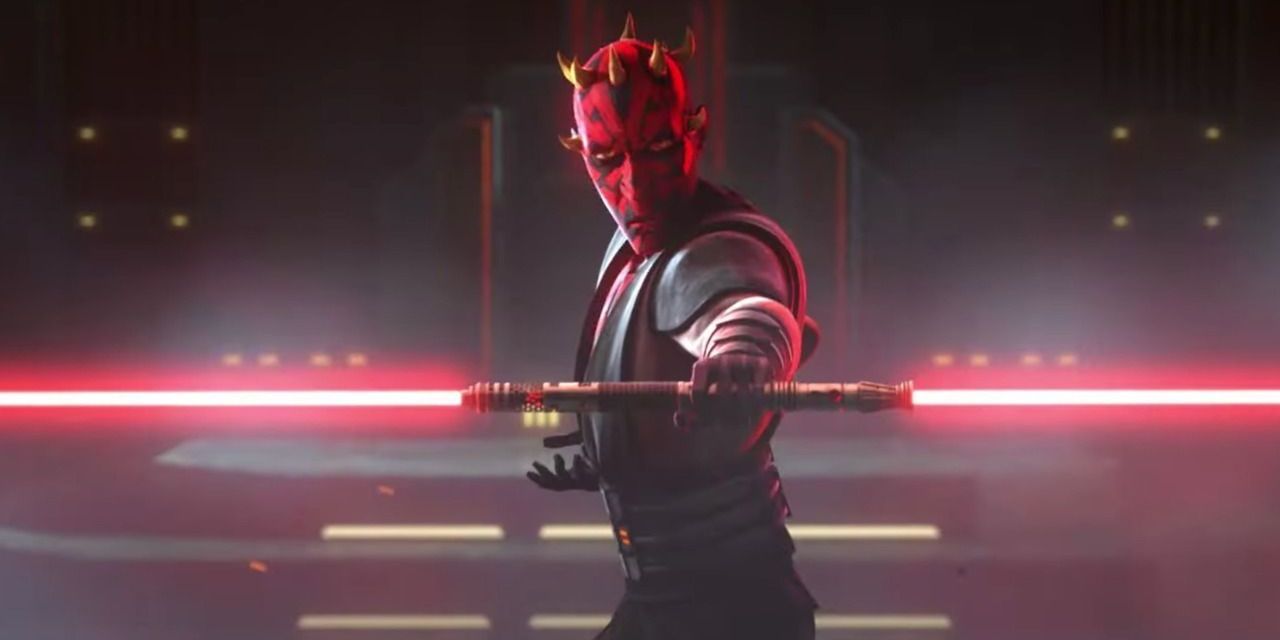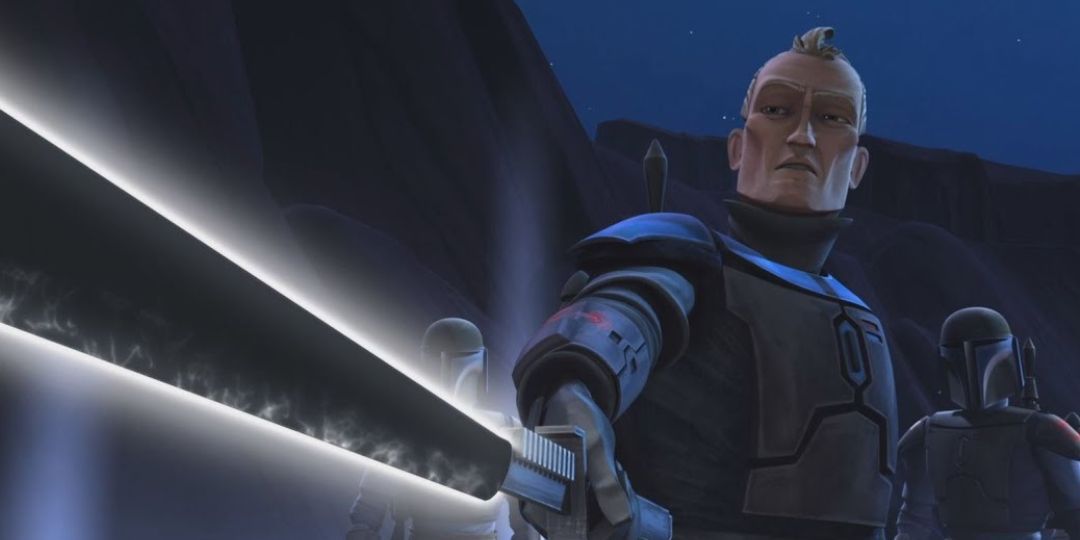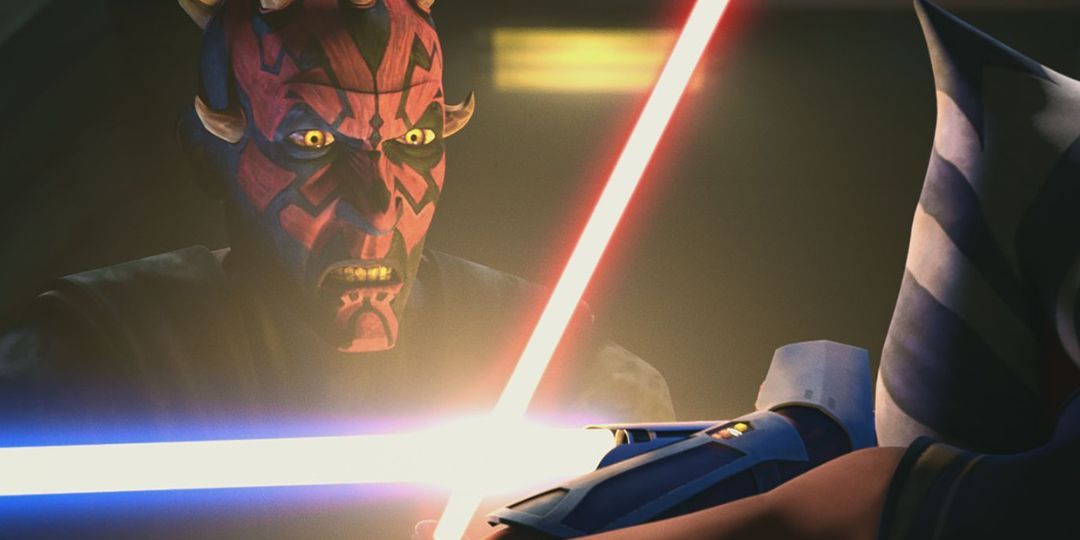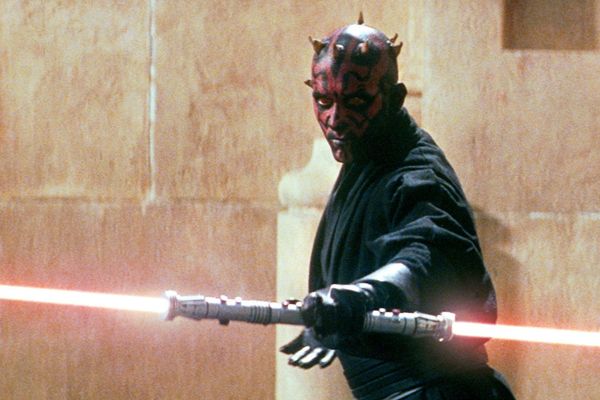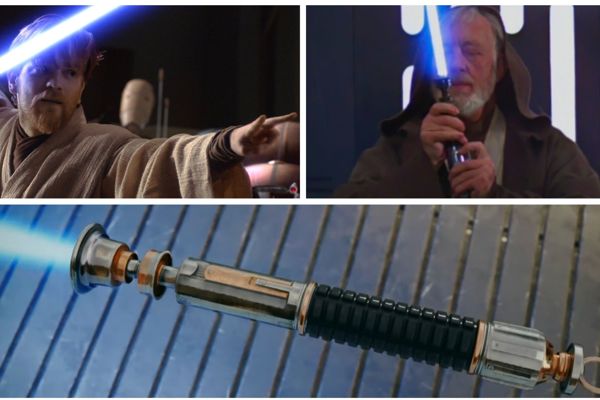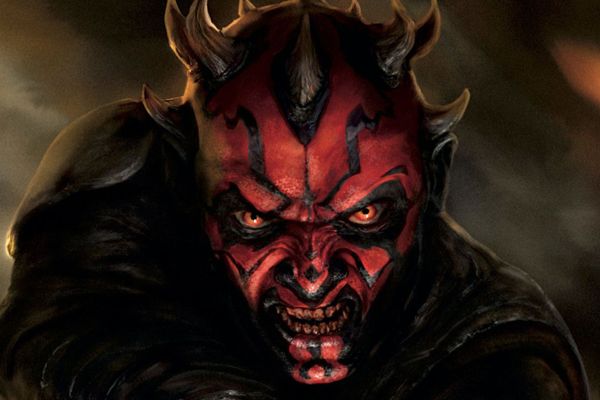
Unveiling Star Wars' Shadow Collective: Triumphs and Downfall

Unleash the power of the dark side with Star Wars: The Shadow Collective Discover the infamous alliance between Maul and the Mandalorians and their impressive feats Explore the fate of the Shadow Collective in this thrilling article
The Star Wars franchise has struggled to truly expand its horizons. Despite the vast potential of an open universe with infinite possibilities, it often relies heavily on the same familiar characters and storylines. However, Darth Maul's character presents an interesting case study. Despite meeting his demise in his debut appearance, he was later resurrected in external material, allowing him to live on indefinitely. Through his association with the Shadow Collective, Maul was introduced to the Mandalorians, with whom he shares a striking cultural resemblance. Both were initially minor background details that eventually garnered a significant following from fans and became integral to the overarching narrative. It's clear that in the Star Wars universe, the possibilities are endless, especially when it comes to visual design.
What is the Shadow Collective?
Led by the rogue Sith Maul, the Shadow Collective is a powerful galactic organized crime syndicate that has set out to oppose both sides of the Clone Wars and ultimately overthrow Darth Sidious as the primary leader of the galaxy. After Maul was cut in half by Obi-Wan Kenobi, he abandoned his role as Darth Sidious's apprentice and created a new set of legs while hiding in the depths of a nearby planet. His brother, Savage Oppress, gave him a new purpose, and Maul formed the Shadow Collective to achieve his ambitious goals. With the support of various ill-intentioned groups, including the Black Sun, the Pyke Syndicate, and the Hutt Clan, Maul brokered deals and recruited from multiple other crime syndicates to build his powerful army. Behind Maul's power, his mother Talzin provided guidance, giving him access to the army of his people, the Nightbrothers. When Pre Vizsla, the leader of the Mandalorian terrorist cell known as Death Watch, discovered Maul and Savage Oppress, he saw an opportunity to overthrow Satine Kryze's pacifist regime and sought to return Mandalore to its old ways. With Viszla's ambitions, an army of criminals, and a former Sith at the helm, the Shadow Collective became a formidable force that could not be ignored.
What did the Shadow Collective Accomplish?
To conquer Mandalore, Pre Vizsla and Maul knew they couldn't rely on brute force alone. Instead, they devised a strategy to win over the hearts and minds of the people. Maul's criminal group launched attacks on Mandalorian civilians, causing chaos and destruction in the streets. Vizsla provided targets for the Zabrak brothers to threaten and assault, eroding confidence in Satine Kryze's leadership and the peace she had maintained. Once fear had taken hold, Vizsla and his Death Watch soldiers positioned themselves as the saviors the people needed. Vizsla successfully took the throne with widespread support, but this was only the beginning of the Shadow Collective's ambitions. Maul had his sights set on larger goals, and Vizsla became a liability to him as soon as Mandalore was theirs. After Vizsla's betrayal and imprisonment of Maul and Savage, Maul plotted a way back into power. He eliminated every politician in Satine's old cabinet, including Vizsla, in a single combat challenge, establishing himself as the new leader of Mandalore.
What Happened to the Shadow Collective?
After the fall of the Shadow Collective, Maul's leadership was severely weakened. Despite this setback, he managed to rebuild a new team when the Crimson Dawn joined forces with him. However, the group's power proved to be no match against the might of the Force when Sidious and Count Dooku destroyed Maul's mother and her people. This led to multiple crime syndicates pulling out of the collective, and Sidious's separatists ultimately obliterated the Shadow Collective, forcing its leaders into hiding. Despite its brief career of crime, the Shadow Collective remains a fan-favorite element of the franchise, showcasing Maul's potential as a fascinating character who is more engaging than a mere minion. Although their influence proved insufficient, it's hard not to admire their determination to resist the Sith leadership.
